What plants like waterlogged soil? The 10 best flood-proof plants for rainy weather or clay-filled gardens
These plants are pretty hardcore

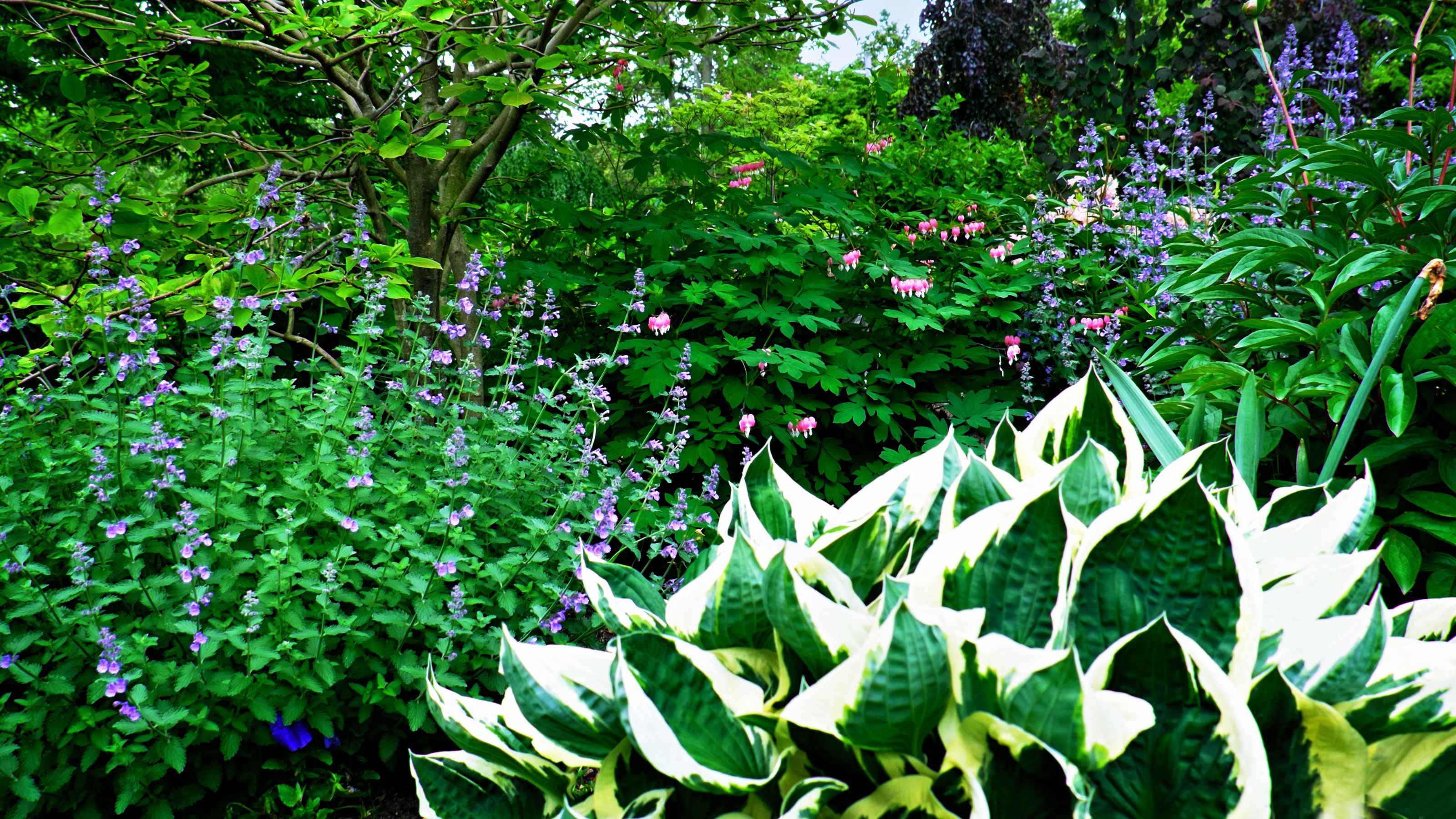
What plants like waterlogged soil? Well, this might not be a question you’ve considered before. But if your garden constantly looks like a giant muddy puddle, you might want to add these flood-proof plants to the mix.
Yes, whether you have clay-filled soil, want to choose the right plants for your rain garden, or the English weather just isn’t cooperating, there are so many reasons behind waterlogged soil. But while many assume that waterlogged soil is a recipe for root rot and stunted growth, many plants actually thrive in this moist environment.
By choosing flood-proof plants for your garden idea, you can start flood-proofing your garden, and you can rest easily knowing that heavy rainfall or poor drainage won’t kill off your flowers or foliage. So, here are 10 of the best.
1. Calla Lily

You might not associate tropical plants with waterlogged soil, but calla lilies actually grow best when grown in moist conditions. In fact, they despise being too hot or dry - which is why you should probably avoid this plant if you have a south-facing garden.
Hannah Rowson, Assistant Garden Manager at J. Parker’s, explains, 'Calla Lilies flourish in consistently moist to wet soil and can tolerate waterlogged conditions, making them ideal for pond edges or boggy areas. They do well in full sun to partial shade and should be fertilised monthly during the growing season.'
But if you’re going to plant them in the ground, you need to know when to plant calla lily bulbs and, ideally, plant them somewhere where they can enjoy a bit of sunlight throughout the day.
Where to buy calla lilies:
Sign up to our newsletter for style inspiration, real homes, project and garden advice and shopping know-how
- Crocus: Buy white, pink, or black calla lilies.
- Thompson & Morgan: Opt for the flood-proof marginal aquatic calla lily.

Assistant Garden Centre Manager, Hannah Rowson, has been with bulb specialist J.Parker's for over 8 years. RHS qualified, Hannah is a fountain of knowledge for all things gardening and horticulture, and has even had her garden designs displayed at RHS Tatton Flower Show.
2. Hosta

Leafy and green, hostas can offer impressive foliage in any garden. And as is often the case with dark, leafy greens, they prefer to grow in colder, damper conditions.
Hostas are popular flood-proof plants that can help dry out a flooded garden, and while they can certainly tolerate waterlogged soil, too much water can prevent flowering. So, aim to keep them moist at most and, ideally, plant them out of the constant shade.
Hannah also adds, 'They thrive in partial shade and will benefit from mulching to retain moisture and control weeds.'
Where to buy hostas:
- Amazon: Buy three hosta plants in 9cm pots.
- Dobies: Choose bare-root hosta plants.
3. Geum
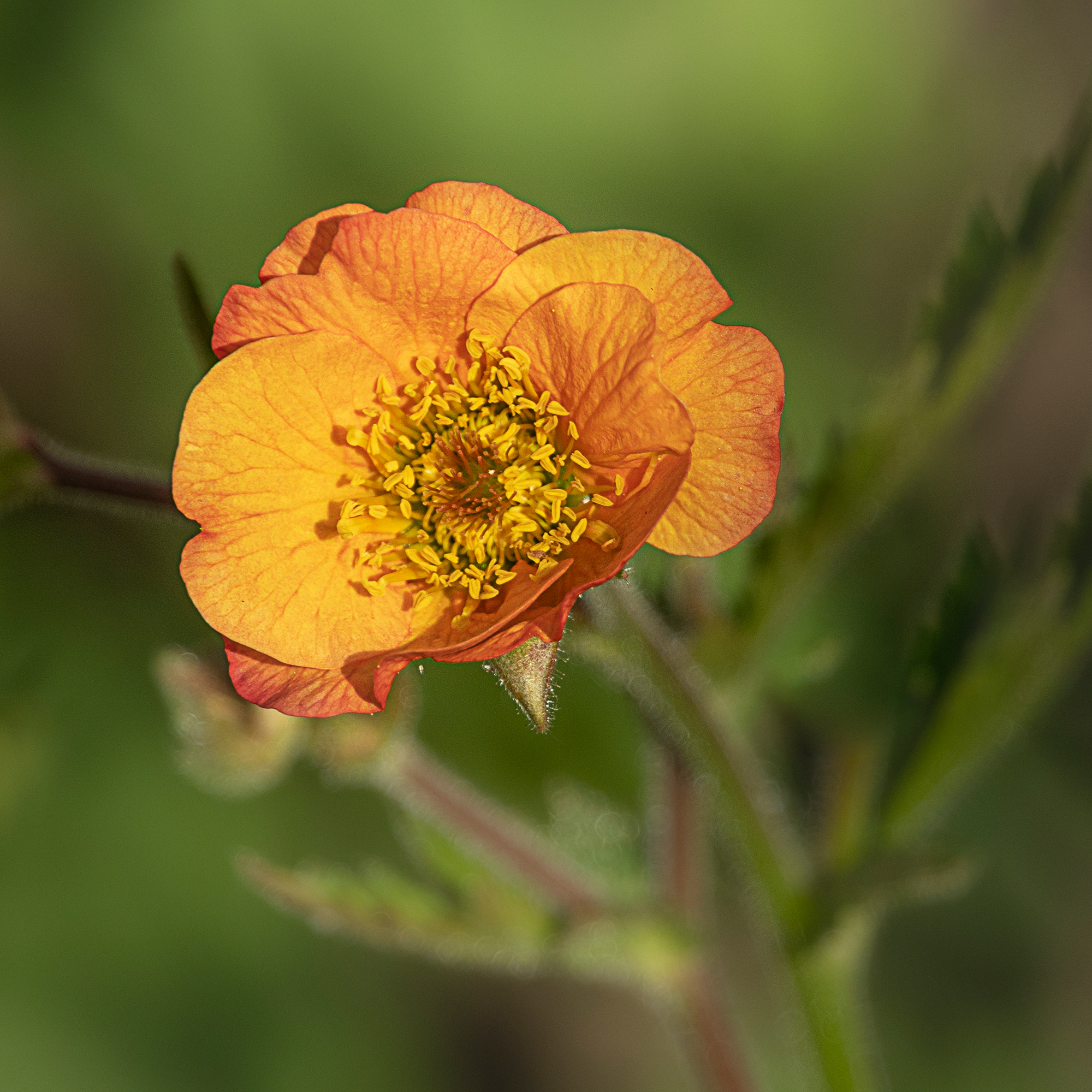
Flooded or waterlogged areas of the garden can often be dark and damp, but geums will definitely brighten them up. After all, geums come in a wide range of pinks, oranges, reds, and yellows.
And while geums will happily grow in waterlogged soil, you also need to make sure that you know how to deadhead geums to keep them at their best and encourage a second flush of blooms. Aim to improve drainage if you can, too, as geums like moist but well-draining soil.
Where to buy geums:
- Amazon: Buy a 9cm pot of ready-to-plant geums.
- J Parker’s: Grab a pack of 15 geum plants to fill your garden.
4. Panicle hydrangea
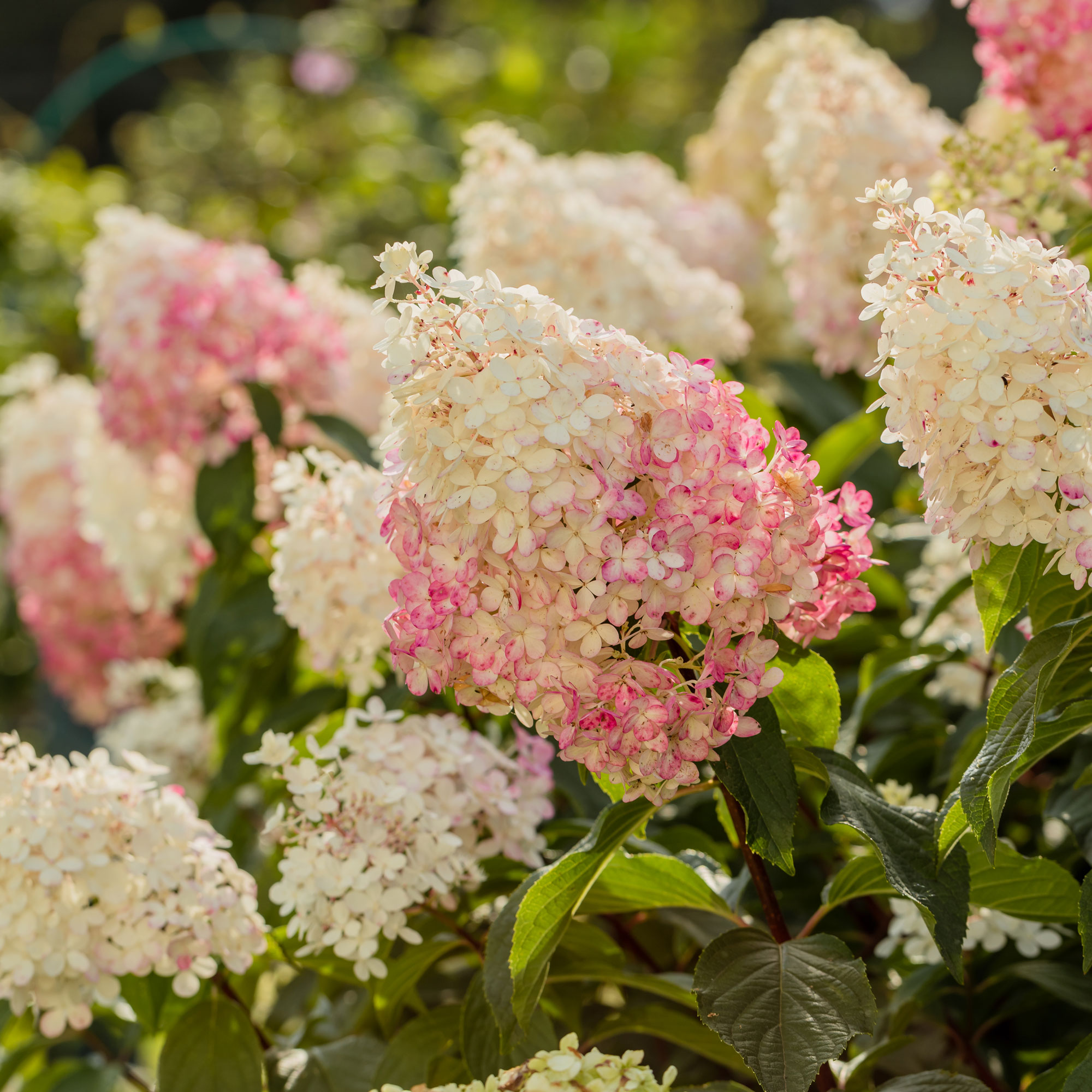
One of the (many) things we love about hydrangeas is that you can either grow them in pots or in-ground. And John Clifford, garden expert at Gardenstone, adds, ‘Specific hydrangeas can tolerate wet/waterlogged conditions, but you need to make sure that you plant the right type of hydrangeas. They will likely thrive in shade or full sun.’
So, if you’re looking for a flood-proof hydrangea that can survive waterlogged soil, look no further than the Panicle hydrangea. This particular variety thrives in moist soil and can survive even the heaviest rain.
However, constant waterlogging at the roots can result in root rot, so add a layer of mulch around the plants occasionally to avoid further saturation.
Where to buy Panicle hydrangeas:
- Crocus: Choose from a 2 or 10-litre pot of Panicle hydrangeas.
- Gardening Express: Buy pink flood-proof hydrangeas.

John Clifford is a director of Gardenstone, a leading garden landscaping retailer based in the UK. With over 30 years in the gardening industry and continual work alongside The National Trust, John has amassed an extensive range of gardening and planting knowledge. Alongside his younger son, John has built a strong reputation for Gardenstone as a trusted source for both high-quality garden products and expert gardening advice.
5. Ferns
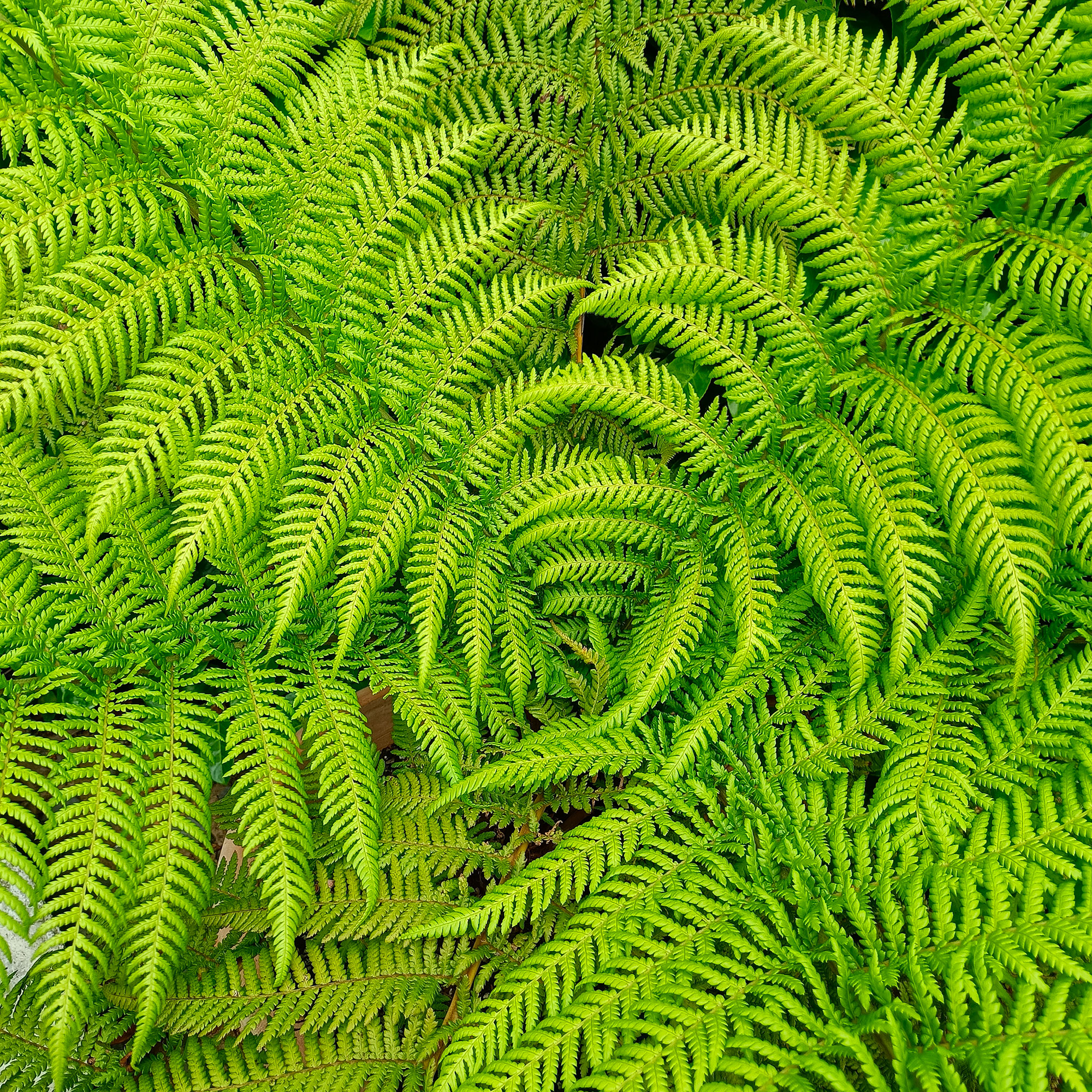
Ferns have long been associated with damp gardens, and there are so many low-maintenance ferns for shaded spaces. However, it’s important to note that some ferns prefer to be kept on the drier side - so it’s always best to research your desired variety before purchasing.
In many cases, ferns will tolerate waterlogging as long as the plant’s crown is not covered in water. But if the water level rises too high and the crown dips under the water, you may not be so lucky.
Where to buy ferns:
- B&Q: Buy a 5-pack of ready-to-plant ferns.
- Crocus: Opt for the flood-proof ‘lady fern’ variety of fern.
6. Siberian dogwood
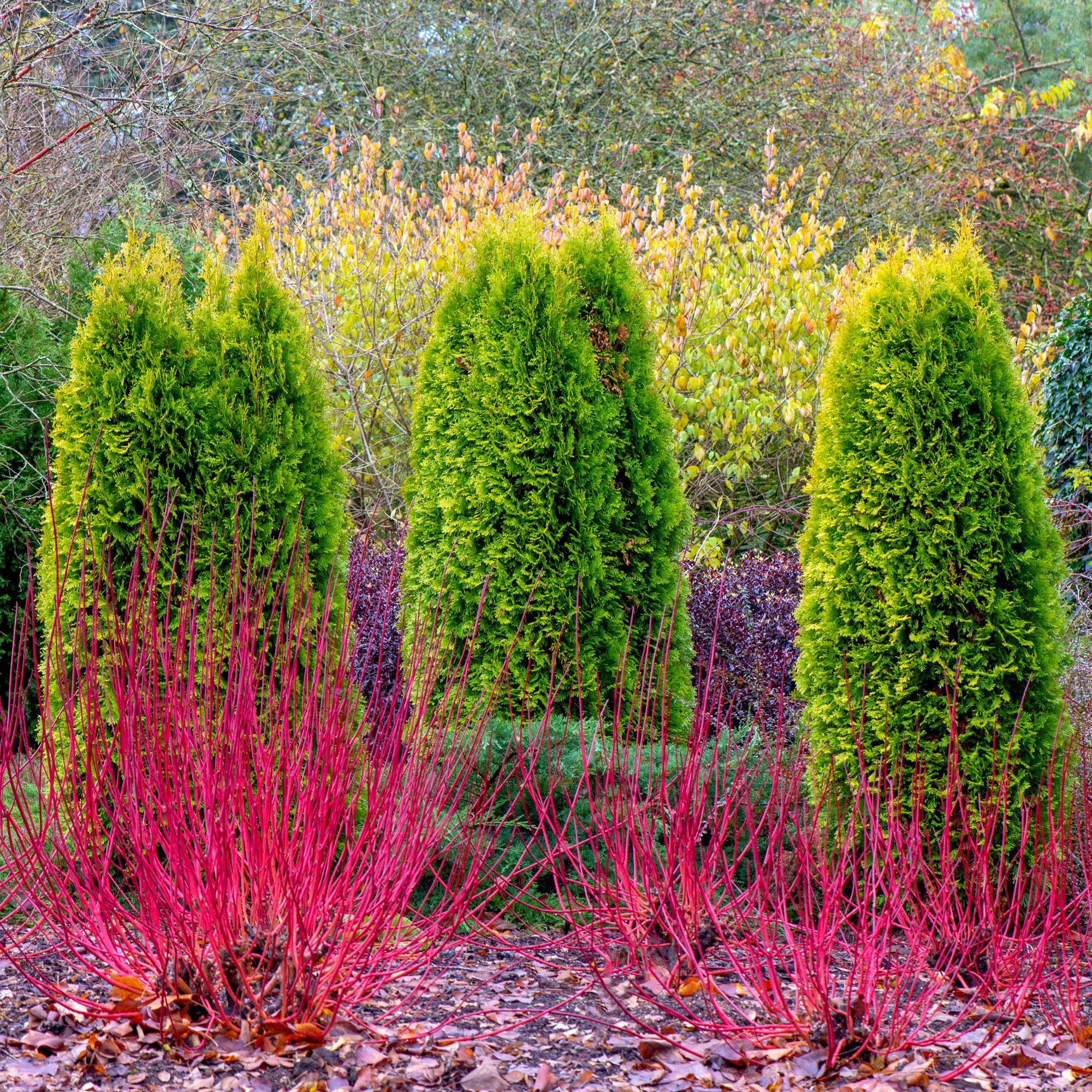
Whether you know it as Siberian dogwood or Cornus alba 'Sibirica', there’s no doubt that this deciduous shrub can add a pop of colour to your waterlogged garden.
Morris Hankinson, director of Hopes Grove Nurseries, says, ‘It offers dark upright shoots, red foliage in autumn and white berries in winter. It will also grow in clay soil, moist but well-drained.’
Siberian dogwood is extremely well-equipped to grow in clay or sand soil, but it draws the line at a north-facing garden. It needs a bit of sunlight to thrive, so just make sure you plant it away from full shade.
Where to buy Siberian dogwood:
- Thompson & Morgan: Buy a 9cm pot of Siberian dogwood.
- Crocus: Choose a larger 2-litre pot of Siberian dogwood.

Morris Hankinson is the founder and managing director of Hopes Grove Nurseries Ltd, the UK’s only specialist grower-retailer of hedging plants. He established the thriving business in 1992, shortly after graduating with a Commercial Horticulture Degree from Writtle College, Essex.
7. Sweet gum
Officially named Liquidambar styraciflua, sweet gum is the epitome of autumn. Although its green leaves look beautiful during the summer, they then turn vivid shades of orange, red, purple and yellow as the weather begins to turn. Plus, it’s a flood-proof tree you can easily add to a waterlogged garden.
Sweet gum is incredibly hardy, which means that it can cope with waterlogged soil. Like many of the other plants on this list, however, it still needs a bit of sunlight to deal with the dark and damp conditions of a flooded garden.
Where to buy sweet gum:
- Crocus: Opt for a 9-litre pot of sweet gum.
- Gardening Express: Sweet gum tree in a 7-10 litre container.
8. Ranunculus
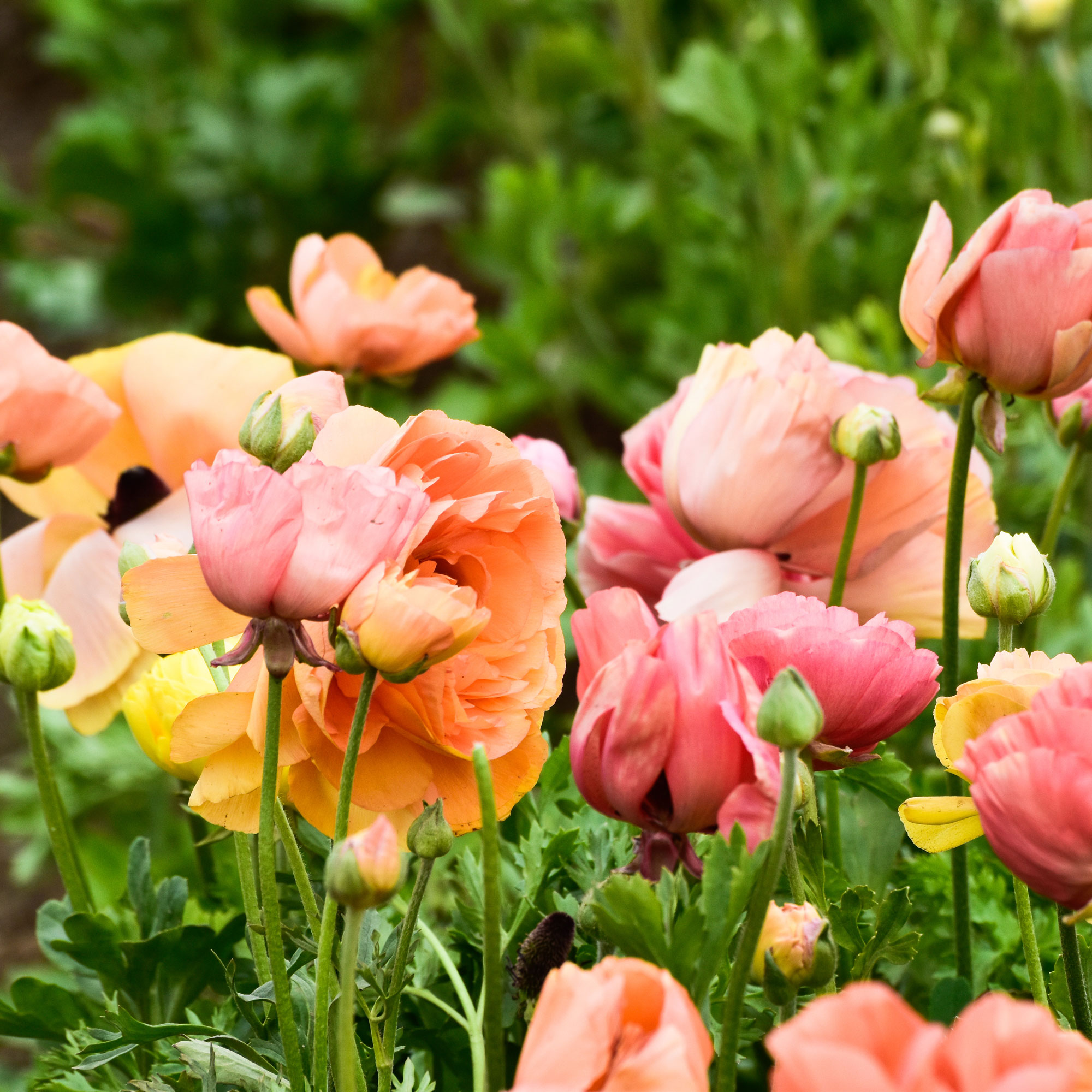
Ranunculus offers beautiful, bold buttercup flowers that can instantly brighten any damp area of your garden. And if you plant ranunculus at the right time and plant it in the correct location, it can thrive in a flooded garden.
And while ranunculus can deal with short periods of waterlogging too much water can ultimately lead to root rot. So, either plant it in a location with full sun or take measures to improve drainage in your garden.
Where to buy ranunculus:
- Thompson & Morgan: Buy a mixed selection of colourful ranunculus.
- Amazon: Choose orange ranunculus corms to grow from scratch.
9. Carex grass
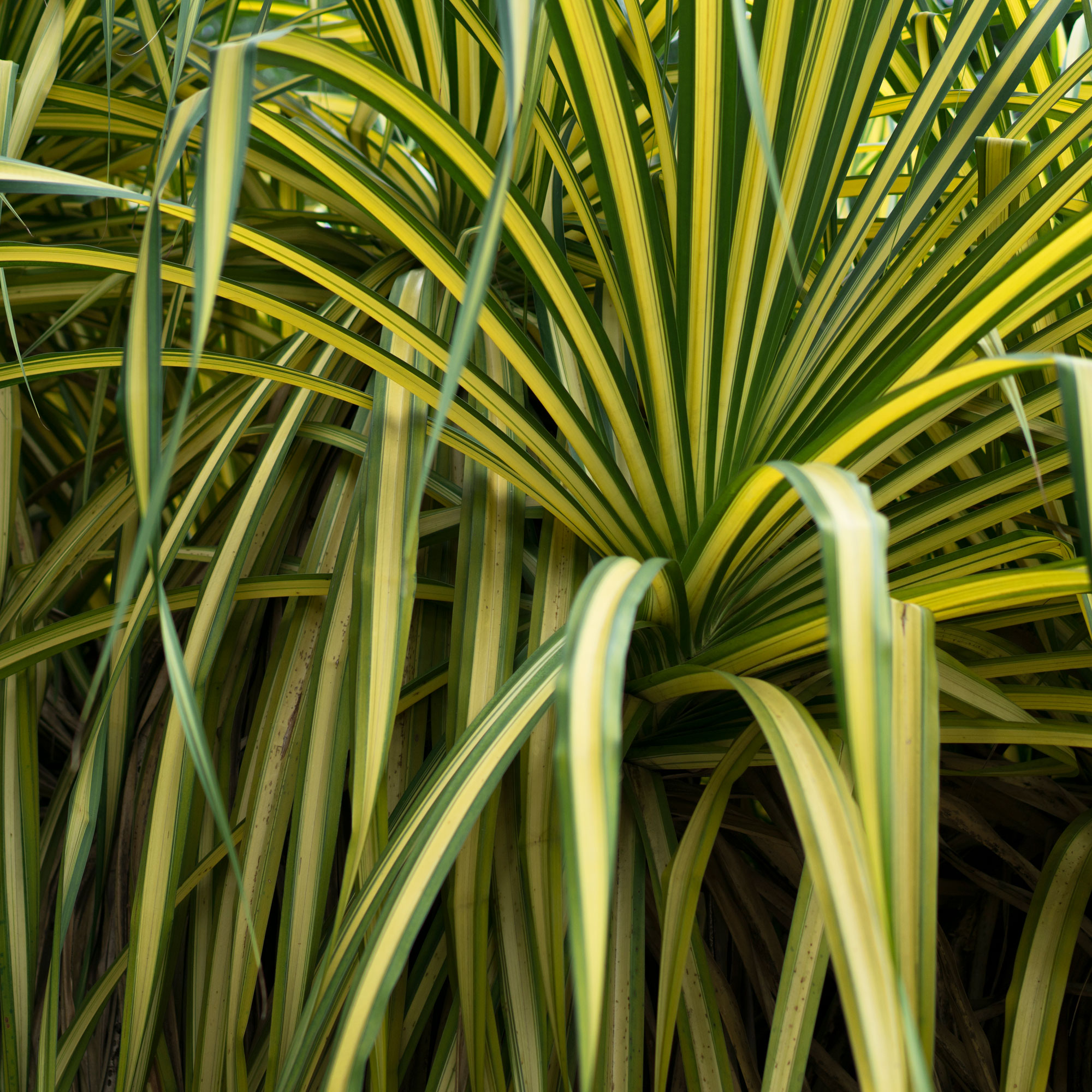
Many varieties of ornamental grasses thrive in waterlogged soil, and carex grass is one of our favourites. This sedge variety is normally found around water sources, making it the ideal solution for your flooded garden. Plus, it can add some visual appeal to your outdoor space.
However, carex grass doesn’t like to be completely covered in water, so just keep an eye on it during heavy rainfall.
Where to buy carex grass:
- Crocus: Buy a 2-litre pot of flood-proof carex grass.
- Amazon: Pick up three ready-to-plant carex grass plants.
10. Lobelia
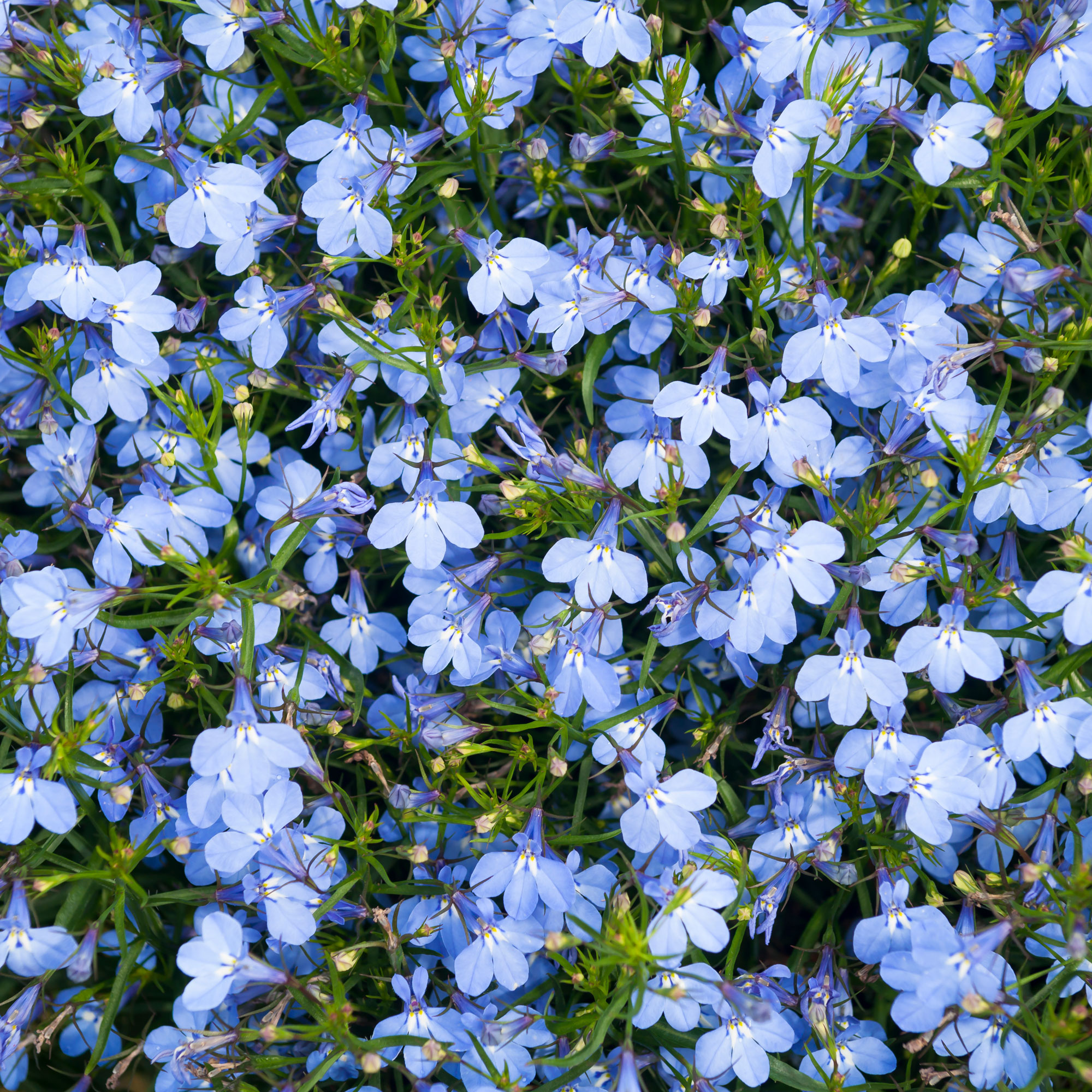
It’s worth mentioning that while most lobelia varieties will thrive in moist soils, not all of them can handle waterlogging. However, lobelia cardinalis (also called ‘Queen Victoria’) is the perfect example of a flood-proof plant. In fact, it’s often used in ponds as an aquatic plant.
John says, ‘A variety called ‘Queen Victoria’ produces beautiful red blooms which highly attract pollinators. They prefer full sun to partial shade and need consistently moist soil. If there's a dry spell, you'll need to continually water them.’
However, it’s important to note that it doesn’t like to be submerged completely in water. The crown of the plant will struggle with constant waterlogging, so aim to keep it above water at all times.
Where to buy lobelia cardinalis:
- Thompson & Morgan: Buy 24 lobelia cardinalis plug plants.
- Primrose: Choose a 9cm pot of lobelia cardinalis for your waterlogged soil.
FAQs
What do you put on waterlogged soil?
Although many plants can grow in waterlogged soil, they tend to prefer well-draining soil that will allow the flow of oxygen to reach the roots. A great way to improve the quality of your waterlogged soil is to aerate your soil using a rake or specific aeration tool. However, this isn’t the only option.
Morris Hankinson from Hopes Grove Nurseries says, ‘If you have poor drainage, all you might need to do is to incorporate lots of well-rotted organic matter to improve drainage.'
If you want to dry out waterlogged soil, you could also add a mixture of hydrated lime and compost into the mix. This will help to absorb any excess water, but just be careful you don’t overdo it.
How to plant in waterlogged soil?
If you want to plant in waterlogged soil, you should first choose flood-proof plants that can tolerate waterlogging. If you don’t, your efforts may fall short.
It’s also a good idea to plant your plants on higher ground. This will reduce the chances of standing water affecting (or killing) your plants.
If you don't think you can successfully grow plants in waterlogged soil, you should consider building raised garden beds instead. This way, you can bypass your flooded soil and use a selection of organic matter and compost to fill your raised beds instead.
So, which of these flood-proof plants will you be adding to your waterlogged garden?

Lauren Bradbury has been the Content Editor for the House Manual section since January 2025 but worked with the team as a freelancer for a year and a half before that. She graduated with a Bachelor’s degree in English and Creative Writing from the University of Chichester in 2016. Then, she dipped her toe into the world of content writing, primarily focusing on home content. After years of agency work, she decided to take the plunge and become a full-time freelancer for online publications, including Real Homes and Ideal Home, before taking on this permanent role. Now, she spends her days searching for the best decluttering and cleaning hacks and creating handy how-to guides for homeowners and renters alike, as well as testing vacuums as part of her role as the Ideal Home Certified Expert in Training on Vacuums, having spent over 110 hours testing different vacuum models to date!